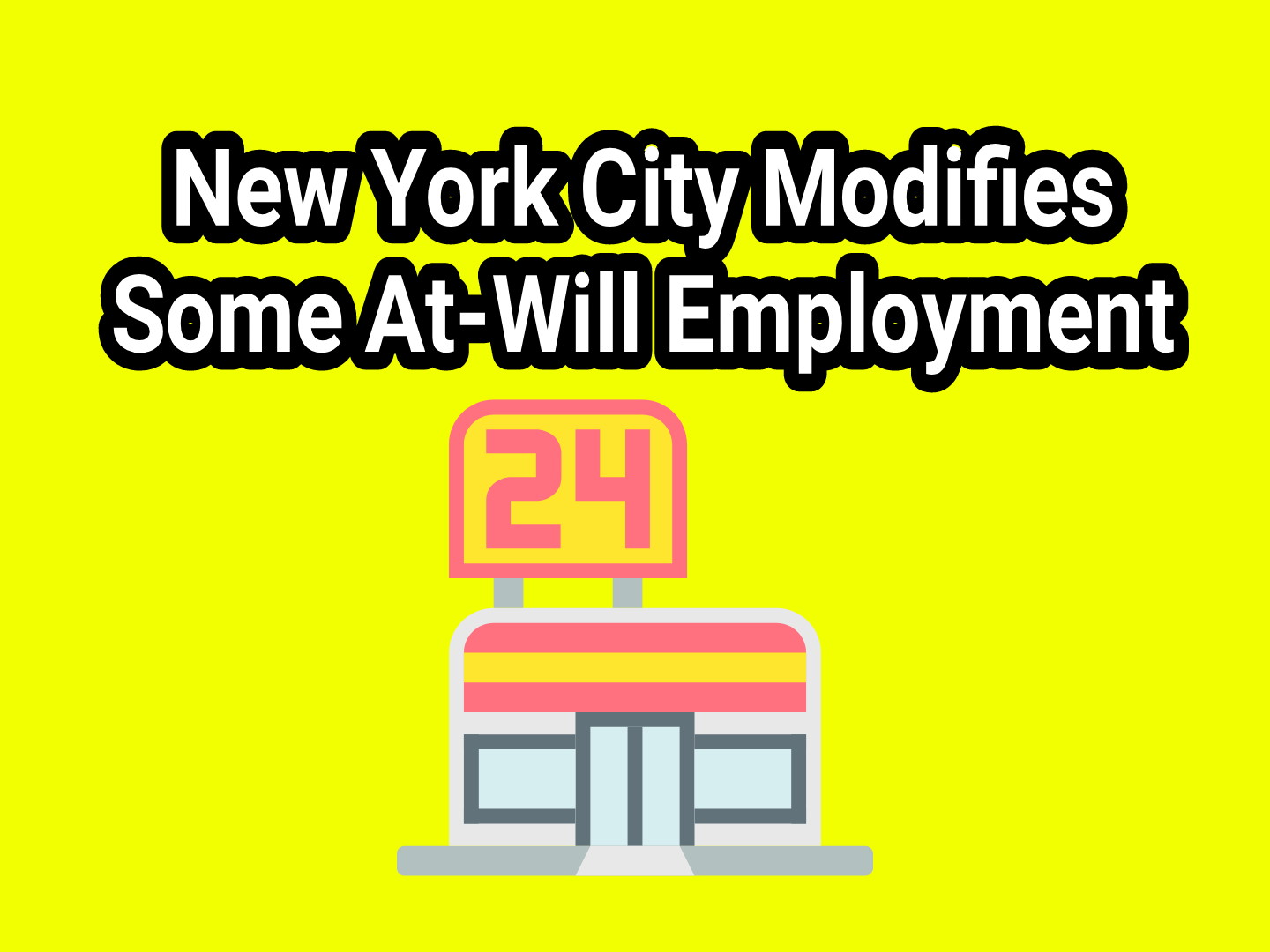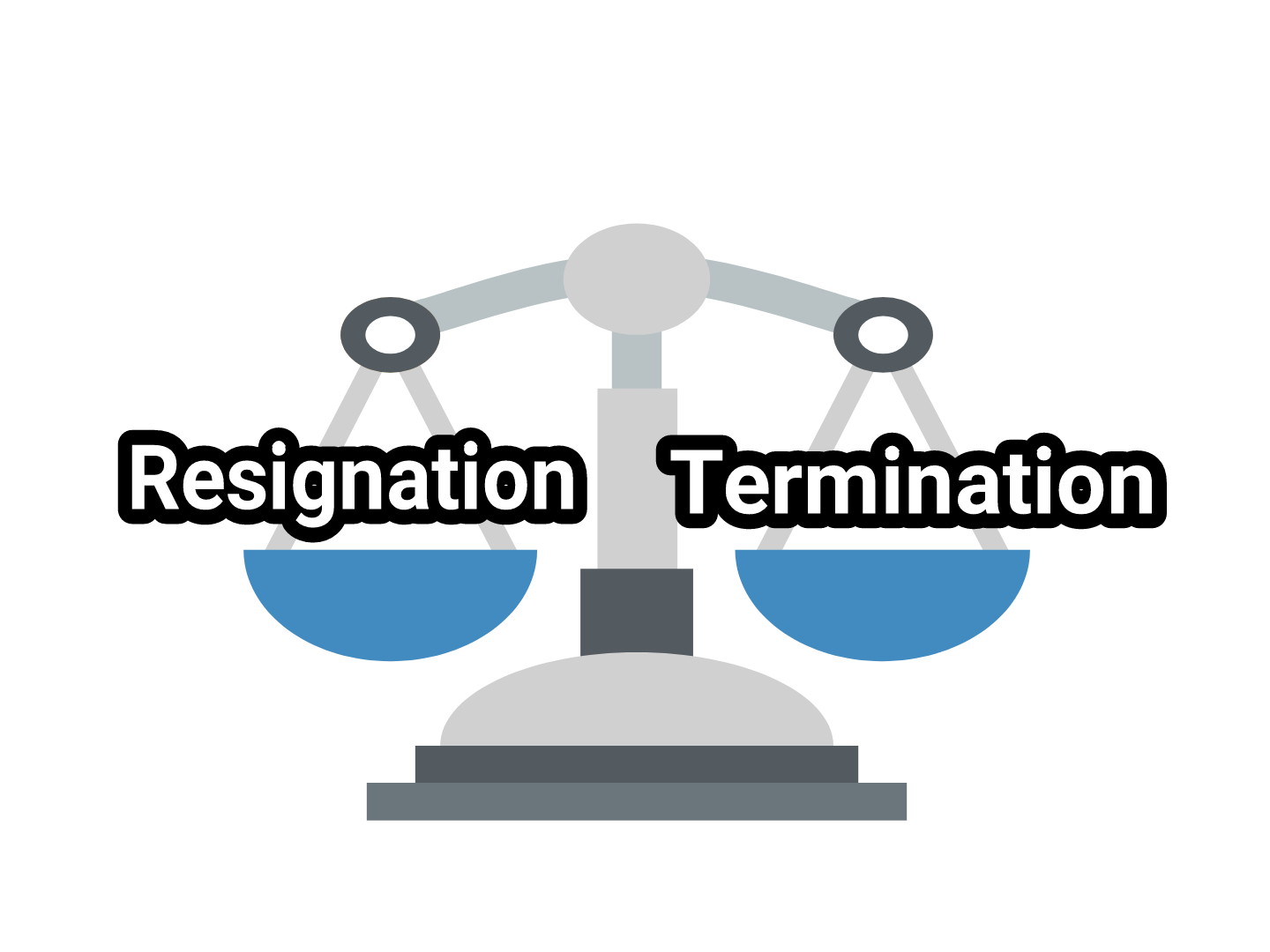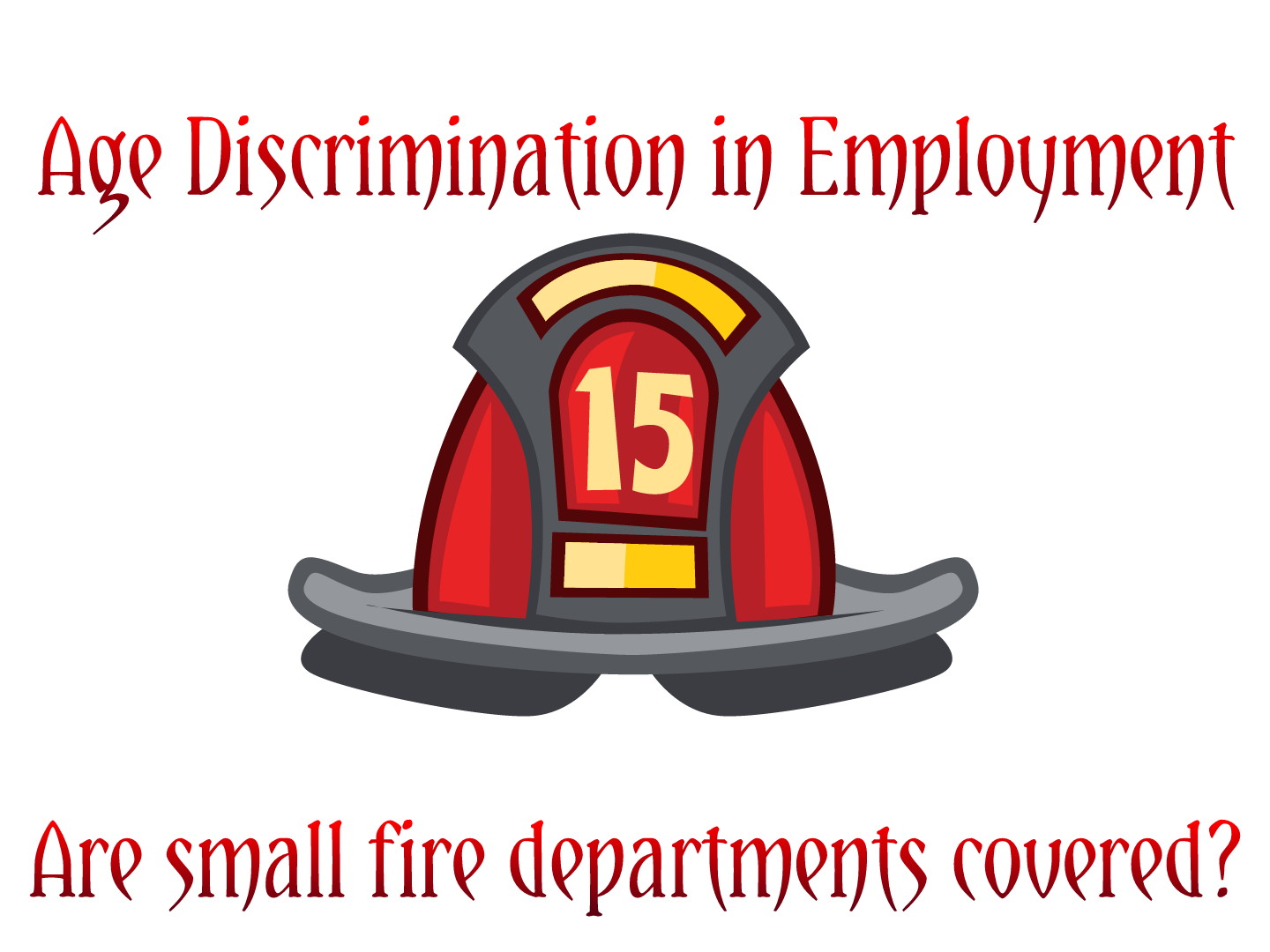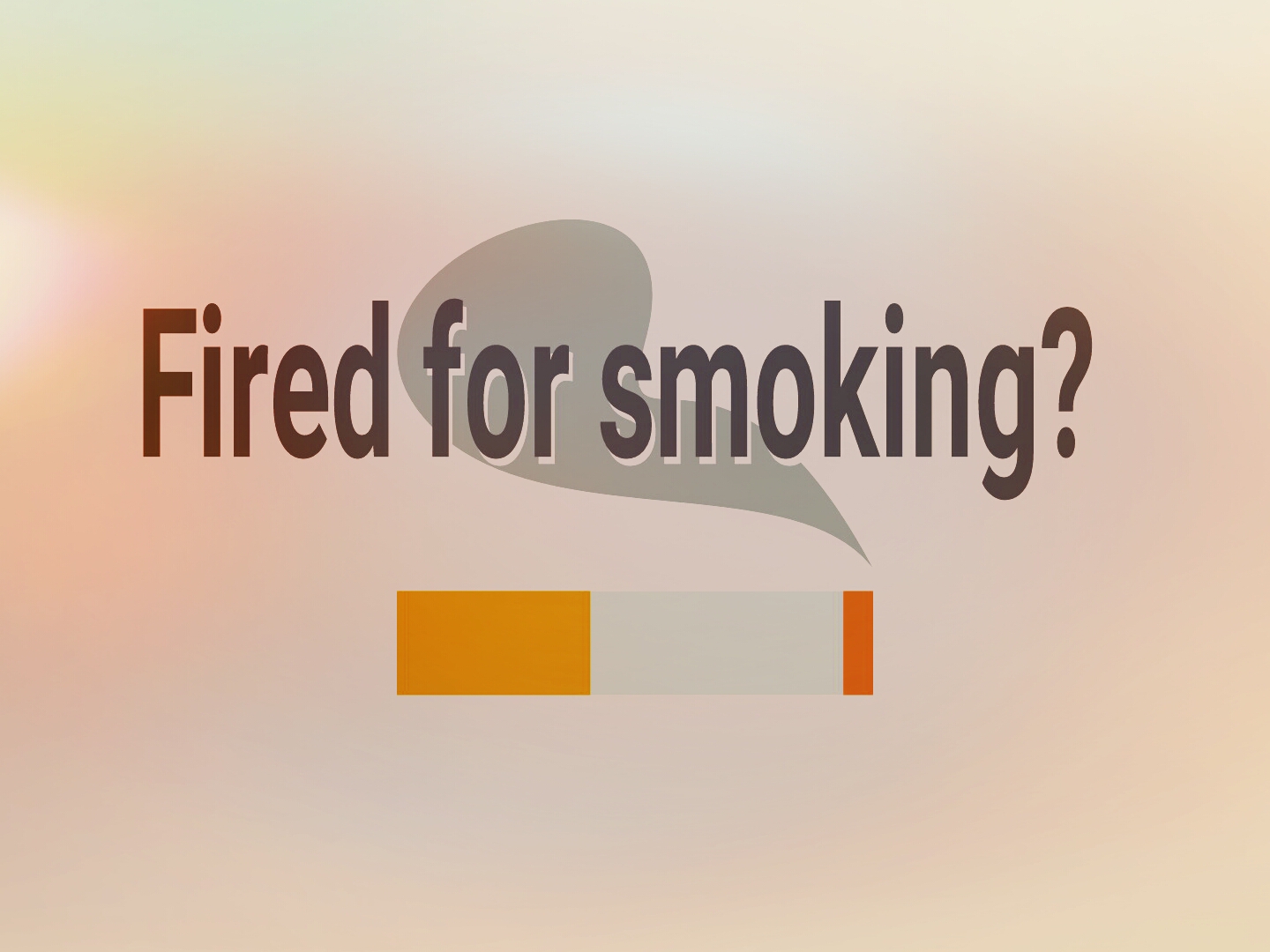At the beginning of the COVID-19 pandemic, Long Island employment lawyers Famighetti & Weinick PLLC published information on our website warning that the financial impact of the pandemic could be used by employers to conduct unlawful discriminatory layoffs. Indeed, the firm has seen this scenario play out. On June 7, 2021, the New York State…
Continue reading ›Your Side















